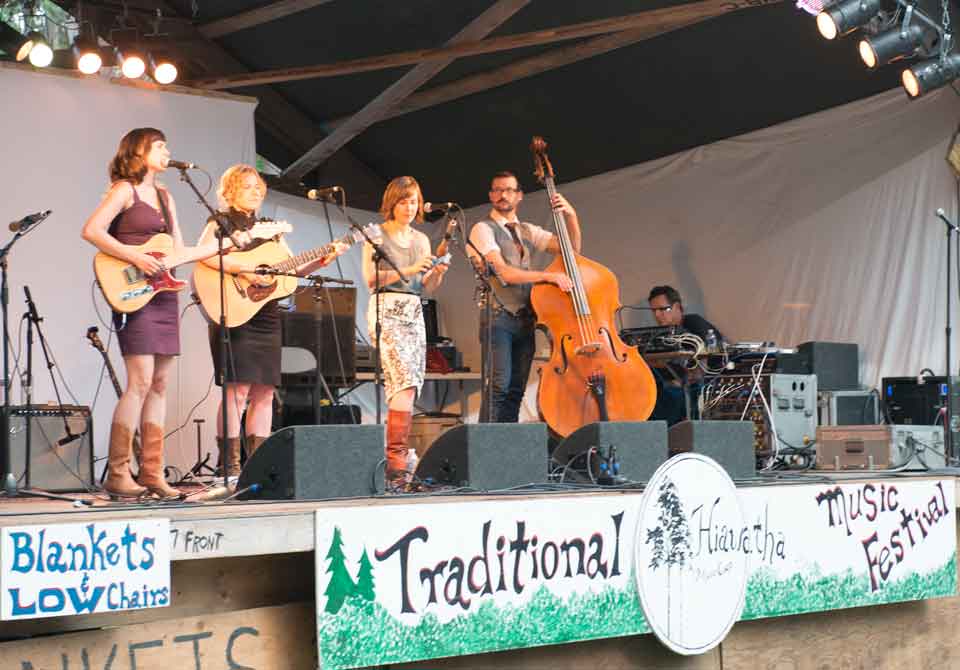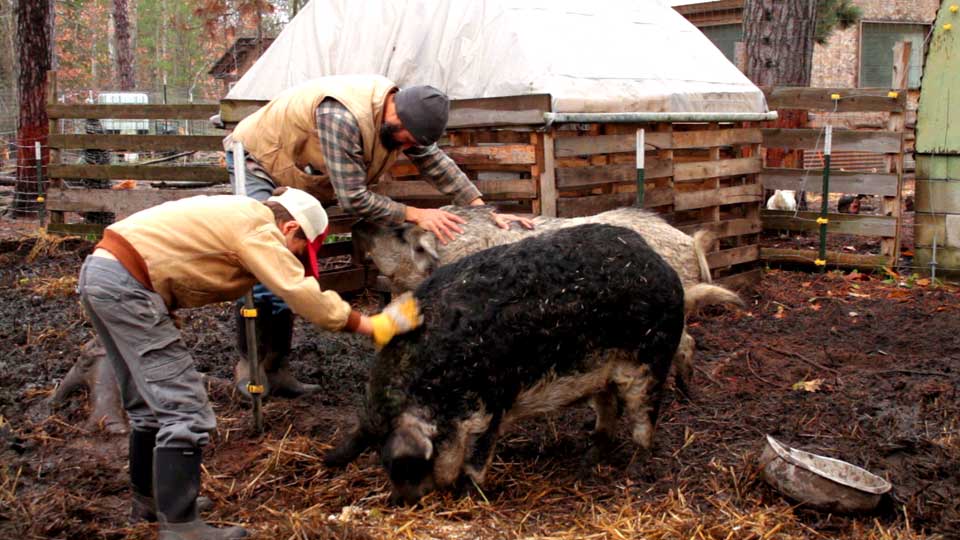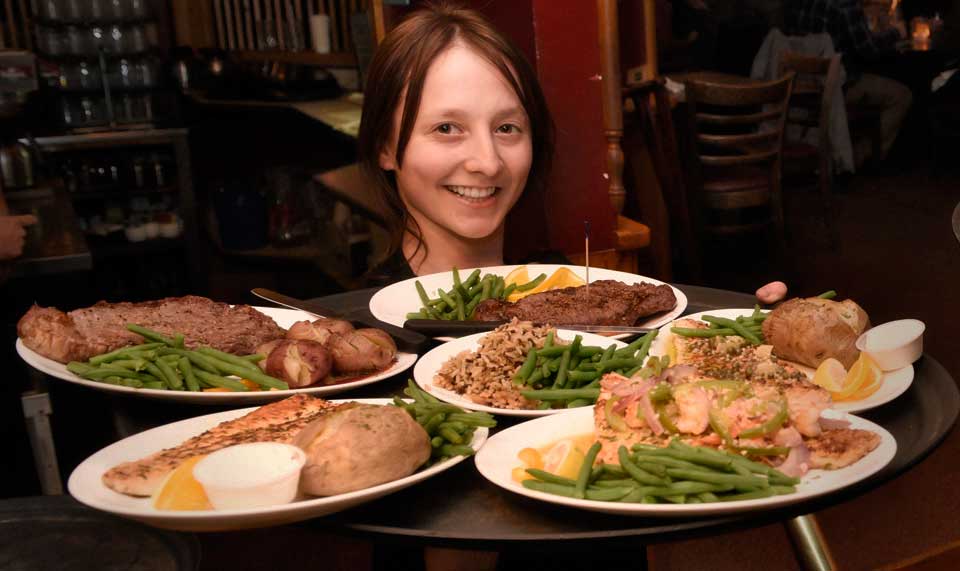Yeast: What’s The Big Deal?
by Todd Stephens |

Brewers Yeast fermenting on top of beer wort. (photo by Matthew Jones – Fotolia)
As homebrewers, we tend to obsess over all the details on brew day, from having the best choices of malts and hops, to hitting proper temperatures, maintaining a good boil with hop additions at proper times, and chilling as fast as possible. At the end of brew day, however, all we’re left with is a fermenter full of sweet, sticky wort. It’s up to the yeast to do the rest of the work, and we tend to get the best results when we have created the most ideal conditions for them to transform the cooled wort to finished beer. But what kind of effect does the choice of yeast have on the finished beer?
To the non-brewer, yeast is just yeast. Some may be aware that there are different yeasts for bread, beer, and wine, but most don’t know how profound those differences can be. In fact, a change of yeast strain alone can change a beer into a completely different beer. To understand why, we need to look at some of these yeast strains.
There are wild yeasts everywhere in the environment around us. Before Louis Pasteur discovered in the mid-1800s that yeast was responsible for the fermentation process, these wild or naturally-occurring yeasts in the brewery resulted in fermentation of the finished beer. Generally we take steps to eliminate these wild yeasts when home-brewing, but they are still a key part of certain regional styles of beer, such as Belgian Lambics. For cidermakers, the yeast present on the skins of apples can be used to naturally ferment the pressed ciders. The dusting on grapes and blueberries are wild yeasts that can be grown up and used to ferment wort.
Almost all fermented beverages today use yeast belonging to the genus Saccharomyces, or “sugar fungus.” Most commercially available or home-brewed beers, and many wines and meads, are fermented with one of two different species of Saccharomyces yeast – Saccharomyces cerevisiae, and Saccharomyces pastorianus. Of these two yeast species, there are hundreds, if not thousands, of different strains that are used by brewers around the world to create vastly different beers, with the specific strain of yeast often lending a critical nuance of flavor or mouth-feel to the finished beer.

Yeast is the final component necessary in the brewing process to ferment the beer. (photo by Dmitriy Buyanskiy)
Saccharomyces cerevisiae is what we generally call ale yeast, and is the same species used by bakers for making bread. These yeasts, known as “top croppers,” make a large mass of foam on the surface of the fermenting beer and tend to prefer warmer fermentation temperatures. Typically, the warmer they are fermented, the more yeast character they provide. There is a tremendous amount of variation seen between these yeast strains, which makes it critical to choose the appropriate strain for the style of beer being brewed. West-coast IPAs are often fermented with a very “clean” ale yeast, which leaves very little yeast presence allowing the hops to stand out. Contrast this with east-coast IPAs which tend to have more of a malt presence; the fruity esters contributed by certain strains of ale yeast can really stand out in the overall experience. English-style beers, such as brown ales and bitters, get some of their character from the varieties of ale yeasts used, which leave more residual sugars in the beer and introduce some subtle esters. For a beer such as a Kölsch, the yeast is the defining element, with the slight haze and pear-like aroma contributed by yeast suspended in the beer.
On the other hand, Saccharomyces pastorianus, or lager yeast, is fermented cool to minimize any yeast-derived flavors. Special attention is paid to reduce or eliminate any compounds generated by the yeast, such as diacetyl or acetaldehyde. These beers are then stored at near-freezing temperatures for long periods of time to create a “clean” and “crisp” beer. Some examples of beers that use this type of yeast include the popular American lagers, as well as European style pilsners, bocks, and Oktoberfest. Although one can get close to brewing a lager with a very clean ale yeast, they really can only be achieved by using a true lager yeast and fermenting it correctly.
Saccharomyces is not the only player in the fermentation game, though. Considered by some as a contaminant, Brettanomyces is another type of yeast that can be used for fermentation. Brettanomyces, or “British fungus,” was discovered in the early 1900s as responsible for spoilage in the British brewing industry. It was also likely responsible for giving character to aged porters and other British ales. When used as the primary yeast for fermentation, Brettanomyces produces results very similar to Saccharomyces yeast. Where it really shines is when it is used in conjunction with other yeast, as Brettanomyces can metabolize products formed by Saccharomyces into its characteristic flavors. These flavors are often described by such earthy names like barnyard, horse-blanket, and aged leather, to fruitier compounds such as peach, tropical fruit, and pie cherry. Brettanomyces also has the ability to break down longer-chain sugars that Saccharomyces cannot metabolize. This is where malt extract can provide a big benefit over an all-grain batch – the Saccharomyces yeast will only eat the short chain sugars, but the non-fermentable longer chain sugars in malt extract provide a nice meal for Brettanomyces.
Although not yeast, this article would not be complete without mentioning lactic acid bacteria. The two types of lactic acid bacteria used – Lactobaccilus and Pediococcus – are the primary contributors of acidity in sour beers. Lactobacillus is used in the production of cultured dairy products, such as sour cream and yogurt. The whey from yogurt can actually be used to grow a culture of Lactobacillus for souring a beer. Lactobacillus can convert sugar into lactic acid quickly, but is not very tolerant of alcohol and the anti-microbial compounds in hops, so it is usually used at the start of fermentation for light, low-hop beers like Berliner Weiss and Gose.
Pediococcus, which can be found in naturally fermented vegetables such as sauerkraut, works very slowly but has higher tolerance of alcohol and hops. It is used in beers such as Lambic and Flanders Red, which are stored for months or years before consumption. Pediococcus creates a lot of diacetyl, which can give a beer a buttery, oily mouthfeel. It can also create a type of polysaccharide that can transform a perfectly normal beer into a gooey, half-congealed mass of slime. A beer that goes through this phase is appropriately called a “sick” beer, and many of the top sour beer producers in Belgium consider it beneficial for a beer to go through this phase. For this reason, beers that are fermented with Pediococcus also need to have a strain of Brettanomyces added, as the Brettanomyces can metabolize both of these compounds into its characteristic flavors.
And here’s the beauty about homebrewing – as with all aspects of this hobby, anyone is free to make it as simple or complicated as they like! Whether you’re making the simplest of blond ales or starting out a years-long fermentation of a traditional barrel-aged geuze, knowing the role the yeast and microbes play in your home brew can be a critical element in any recipe.
Check out more great articles on craft beer & homebrewing by the Marquette Home Brewers:
- How To Get Started In Home Brewing
- 3 Basic Homebrewing Methods
- A Sustainable Approach To Homebrewing
- Exploring Belgium Beer
- Why To Try a “Craft Beer”
- So You’re Not a Hop Head
- Cellaring Beer: Good Things Come To Those Who Wait














You must be logged in to post a comment Login